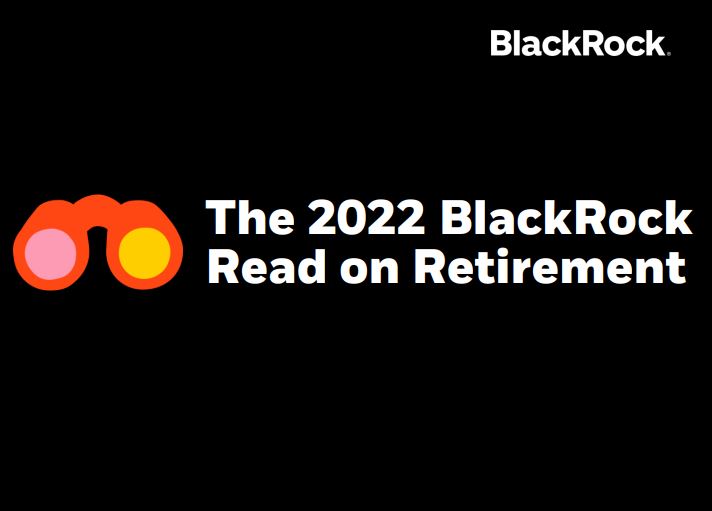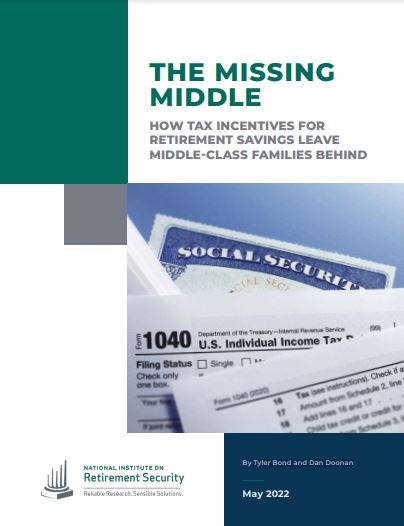Public Wage and Pension Indexation in the Euro Area: An Overview
By Cristina D. Checherita-Westphal, João Domingues Semeano, Elena Ahonen, Pierrick Stinglhamber, Stefan Van Parys, Johannes Clemens, Katri Urke, Orsolya Soosaar, Maria Vergou, Maria Flevotomou, David Staunton, Jorge Martínez-Pagés, Aris Avgousti, Gintare Zelionkaite, Olivier Delobbe, Florian Henne, Baiba Brusbārde, John Farrugia, Juergen Attard, Fabrizio Renzi, Marco Savegnago, Doris Prammer, Lukas Reiss, Gerard Eijsink, Jip Italianer, Maria Manuel Campos, Andreja Strojan Kastelec, Barbora Palášthyová, Vratislav Pisca & Jarkko Kivistö. If the responses of wages – both private and public – and of...










